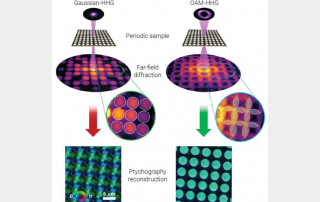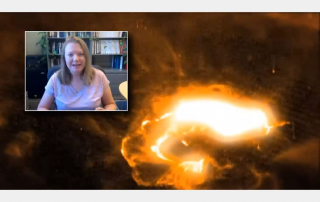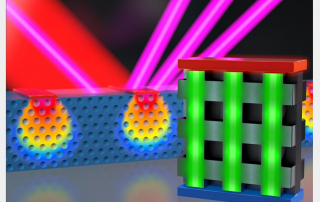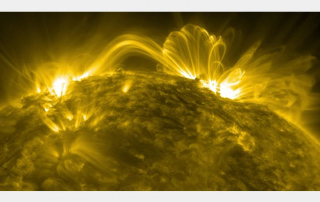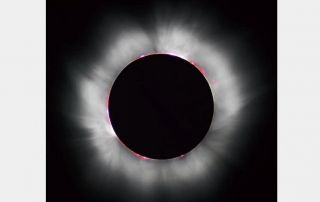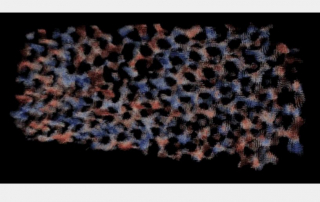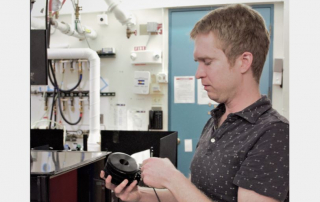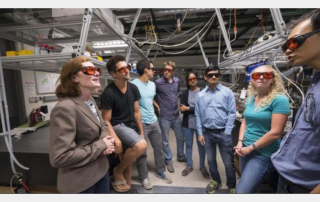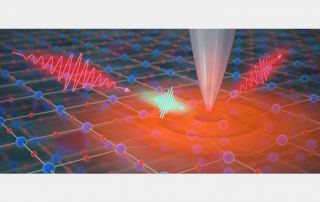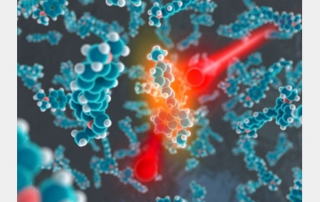High-Fidelity Ptychography of Highly Periodic Structures
Lensless imaging based on ptychographic coherent diffractive imaging enables diffraction-limited microscopy at short wavelengths, overcoming the limits of imperfect optics.1,2 Ptychographic imaging of highly periodic structures has been challenging, however, due to the lack of diversity in the recorded diffraction patterns, which leads to poor convergence of the reconstructed sample images. Although techniques (such as modulus enforced probe and total variation regularization) have been explored to address this challenge, they suffer from slow convergence, heavy reliance on constraints on the samples, or both. This significantly limits ptychography’s application to a wide variety of periodic structures in photonics, nanoelectronics and extreme ultraviolet (EUV) photomasks.
